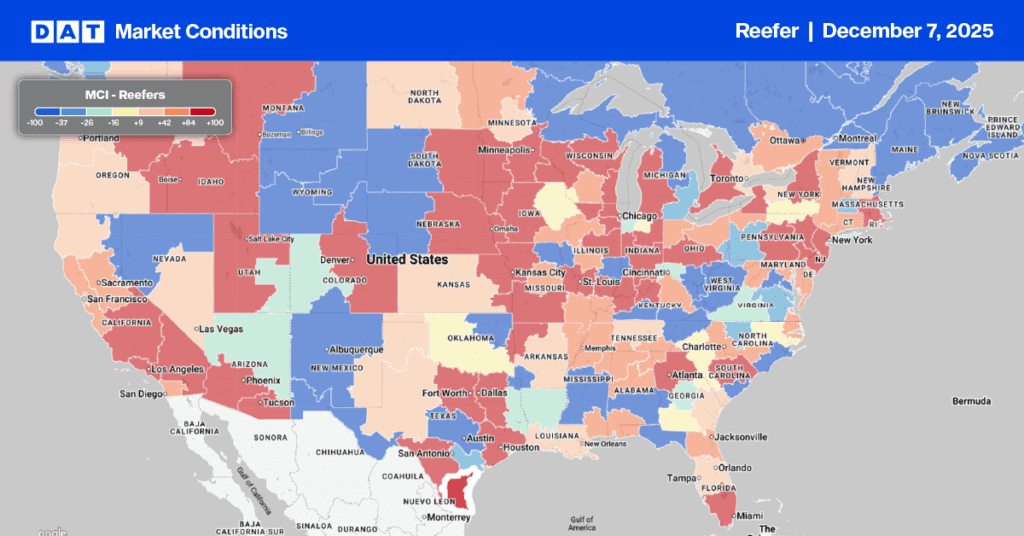There needs to be more debate as to whether there’s an actual net shortage of truck drivers to drive available trucks or a shortage of drivers wanting to make trucking a career. One thing is for sure, though: The industry needs help retaining drivers and turning a driving job into a career.
Why? Long-distance trucking is a tough job for both driver and family when they have to deal with extended periods away, insufficient pay for the time involved, poor working conditions, lots of lonely miles and sleepless nights, poor treatment by shippers and receivers, and the never-ending on-road harassment from car drivers and enforcement officials.
Join DAT iQ live 10am ET every Tuesday.
That couldn’t be further from the image portrayed by Hollywood in the 1970s as American pop culture embraced the trucker and biker lifestyle. CB radios became the popular electronic gadget, and trucker lingo entered everyday life. Truck drivers’ larger-than-life personalities and big rigs made for some of the most iconic movies ever.
Much has changed since then, and the familiar drumbeat of the “driver shortage” for nearly 40 years since deregulation persists.
The driver turnover study released late last year by the IZA Institute of Labor Economics — authored by Steven Burks from the University of Minnesota Morris, Center for Transportation Studies — concluded that there is no convincing empirical evidence of a long‐term shortage of drivers in long‐distance truckload motor freight. The authors also successfully argued that the persistent turnover problem is the primary source of industry managers’ perception that there is a shortage industry-wide.
Drivers are like pinballs in an old-fashioned pinball machine.
The study analyzed the average annualized turnover report from Q3 of 1996 through Q1 of 2023. For large truckload firms (those with $30 million or more in annual revenue), the turnover rate was 92.7%, with 77.6% for small truckload firms.
So while the long‐distance truckload turnover problem has multiple dimensions (including long work hours that can change irregularly), there are two primary ones: uncertain and limited time at home and pay.
In explaining the main reason for high turnover, the study noted:
“Truckload motor carriers provide point‐to‐point service between shipper and consignee locations for full trailer loads of freight. Demand is distributed geographically and temporally in a partially random manner. If trucks are used efficiently, drivers are essentially treated like pinballs in an old‐fashioned pinball machine—they are bounced around the countryside, either within a region, across regions or as far as nationally, depending on the scope of their firm’s work. Additionally, because the needs of shippers and consignees vary, as do conditions such as congestion and weather, driver work hours tend to be long, and their work schedules vary across daytime and nighttime.”
Generally, long-distance freight truckload motor carriers face a structural problem: Their labor market has consistently high turnover, which is not the same as a structural driver shortage. “We find no evidence of a sustained driver shortage, and in fact, all the evidence about employment in general freight long‐distance truckload is consistent with the view that this labor market works about as well as any other blue-collar labor market in the U.S.,” the study concluded.
Regardless of freight market cycles, it’s clear that drivers in the long-haul over-the-road (OTR) sector face inherent challenges, unlike other sectors in the truckload market. For that reason, we continue to conclude that the OTR sector will always be plagued by high driver turnover, not a shortage of drivers.


